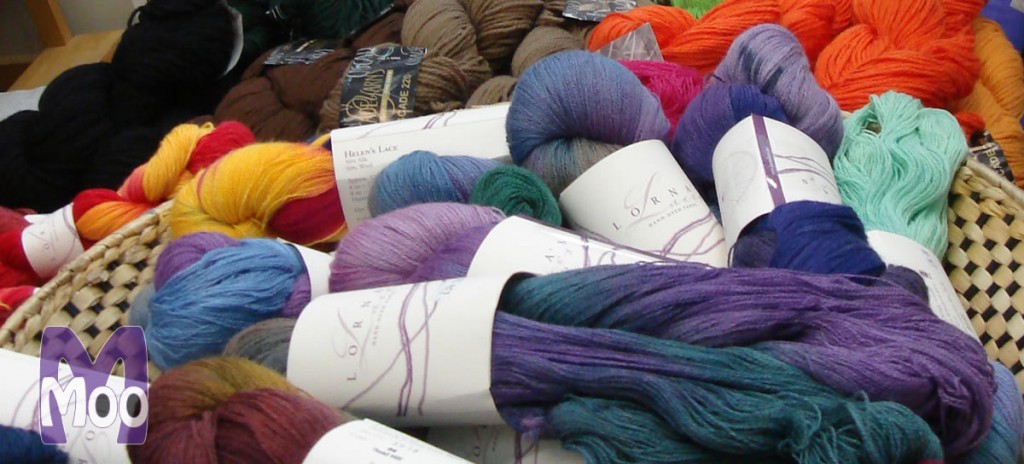The thickness of yarn is categorised by the “yarn weight”. These range from Lace 0 to Super Bulky 6.
Two ply and Three Ply yarn also refer to the diameter of the yarn and not the number of strands in the yarn as is commonly assumed.
There is variation in thickness between manufacturers who all use different labelling systems.
If you want to substitute a yarn you need to check the recommended tension and do a tension square to verify the yarn is suitable for your pattern.
| Standard Weight | Traditional Names / Yarn categories |
Stitches per 10cm/(4″) over stocking stitch |
WPI Wraps per Inch |
|---|---|---|---|
| 6 Super Bulky | Roving | 6-11 | 6 or less |
| 5 Bulky | Chunky, Craft, Rug, Heavy Worsted, |
12-15 | 7-8 |
| 4 Medium | Worsted, Aran, Afghan |
16-20 | 9-11 |
| 3 Light | DK, double knitting, Light Worsted |
21-24 | 12-14 |
| 2 Fine | Sport, Baby, 4-ply, 5-ply, light DK |
23-26 | 15-18 |
| 1 Superfine | Sock, Fingering, Baby, 2-ply, 3-ply |
27-32 | 19-22 |
| 0 Lace | Lace, Fingering | 33-40 | 23+ |
Definition WPI – The number of strands laid side by side that will fit inside an inch. Wrap your yarn around a ruler avoiding too much tension and ensuring there are no gaps to measure this more easily.
TIP – Beginners usually assume that bulky yarn is easier to work with and garments will take shape more quickly. They will then be dissapointed with the finished garment and find it harder to use the larger yarn and needles. Our advice is to choose a smaller garment as your project and use a medium weight wool.
TIP – Avoid novelty yarns with bobbles and tags or loose strands and fluffy yarn as these make it harder to see the stitching details. Perform a larger tension square with these yarns first to make sure you are happy working with it and are able to get good results.








